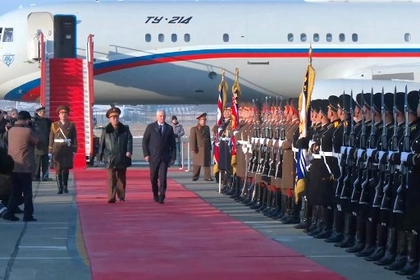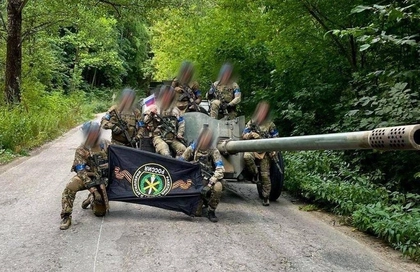Kyiv and Moscow exchanged accusations on Sunday, August 11, after a fire broke out at a cooling tower of the Zaporizhzhia Nuclear Power Plant, currently under Russian control.
Despite the incident, Ukraine, Russia, and the International Atomic Energy Agency (IAEA) confirmed that radiation levels have not increased, and nuclear safety remains unaffected.
JOIN US ON TELEGRAM
Follow our coverage of the war on the @Kyivpost_official.
Vladimir Rogov, a Russian-installed official, announced on Monday that the fire had been "completely extinguished," blaming Ukrainian forces for the blaze. Similarly, Yevgeny Balitsky, the Moscow-appointed governor of Ukraine's Zaporizhzhia region, pointed fingers at Ukraine's military.
In response, Ukrainian President Volodymyr Zelensky accused Russian forces of deliberately starting the fire as an act of "blackmail" against Kyiv and shared a video showing black smoke rising from one of the cooling towers, with flames visible at the base.
He reassured that "radiation levels are within the norm" and called for Russia to be held accountable, adding that only Ukrainian control over the plant could ensure complete safety.
The IAEA, which has experts stationed at the plant, confirmed the absence of any nuclear safety impact. The agency reported witnessing thick black smoke following explosions at the plant and received information about an "alleged drone attack" on the cooling tower.
The IAEA has requested immediate access to the site to assess the damage. Ukraine's interior ministry stated it is closely monitoring radiation levels from nearby meteorological stations.

Nukes Nukes Nukes! Kremlin’s Hawk Medvedev Extensive 2024 Use of Nuclear Bluff
According to the plant's press service and Russian-installed officials, all six reactors are currently in cold shutdown, and there is no threat of a steam explosion or other immediate danger.
The Zaporizhzhia nuclear plant, located on the eastern bank of the Dnipro River, has been under Russian control since shortly after the invasion in February 2022. The site has been a focal point of tensions, with both sides accusing each other of endangering the facility. The IAEA has repeatedly called for caution to avoid a potential nuclear disaster.
You can also highlight the text and press Ctrl + Enter






